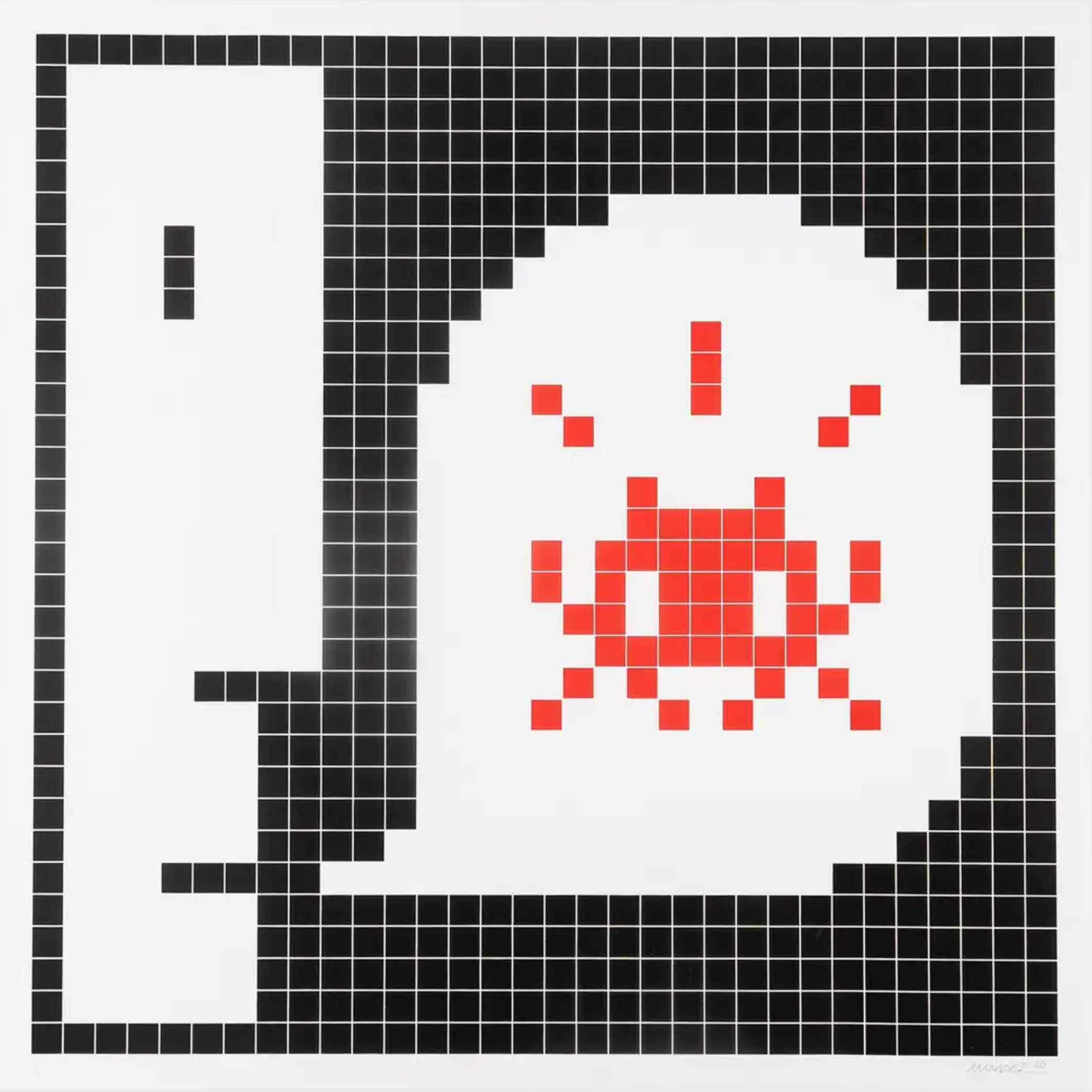PangeaSeed Foundation, the international marine conservation organisation, in collaboration with Kal Barteski, founder of The Polar Bear Fund hosted the festival, Sea Walls: Murals for Oceans in Churchill, Canada. This small seaside village is also known as the ‘Polar bear capital of the world’. The festival took place from June 16th – 26, 2017, creatively beautifying Churchill, whilst also bringing education and dialogue to explore creative solutions surrounding the region’s environmental issues.
Sixteen renowned artists were invited to paint Sixteen large-scale public murals, exploring the history of the province and highlighting some of the issues affecting its three unique eco-regions: Tundra, Taiga, Boreal Forest, and the Arctic Ocean.
“Polar bears are directly affected by the unprecedented melting of sea ice and subsequent habitat destruction at an alarming rate, resulting in a big challenge for the species to survive, What many people don’t realize is that polar bears spend the majority of their lives on sea ice and for that reason, they are considered a marine mammal. This is why our collaboration with Sea Walls is so important. We want to generate consciousness through the power of art.” Kal Barteski
“Public art and activism can educate and inspire the global community to help save our seas. Regardless of your location – large metropolitan city or small seaside village like Churchill – the ocean supplies us with every second breath we take and life on Earth cannot exist without healthy oceans.” Tre’ Packard, founder and executive director of PangeaSeed Foundation.
Artists invited to paint were Arlin (Brazil), Askew One (New Zealand), Case Maclaim (Germany), Charles Johnston (Canada), Cracked Ink (United Kingdom), Dulk (Spain), Fred Thomas (Canada), Georgia Hill (Australia), Jason Botkin (Canada), Mandy VanLeeuwen (Canada), Pat Lazo (Canada), Pat Perry (USA), Storm Angeconeb (Canada) and Takashi Iwasaki (Japan).
“In my work, I reconstruct animals using pieces and fragments. I see it as a way of trying to fix what we have destroyed in nature. Painting them in large scale is a friendly way of asking for respect, and making people feel small when faced with the grandeur of nature. Using vibrant colors helps gain the attention of the viewer without asking permission first, a technique I have brought with me from the graffiti era to invade space and get my message across.” Arlin
“My wall is a play on the phrase ‘Human Nature’, it’s the universal excuse used to justify everything we’re doing wrong in this world – you know, like “it’s just human nature to…” insert miscellaneous bad thing here. But this is also a play on Human and Nature – the precarious balance between the two. Churchill is a town where this is the underlying drama at all times. It’s a town so dependent on the natural environment and its wildlife and is simultaneously threatened by it too. Everything in Churchill has a duality, a total double edge to it. The text on the mural illustrates this tension and also draws from the parallels in texture of both the natural and industrial environments of the town.” Askew
“The Rope – The piece describes the present-day situation of living in an area of the world that is both dependent on nature and suffering from a man-made tragedy. It addresses the melting permafrost which is unsuitable for building infrastructure on, such as railways. In addition to this, massive storms and floodings are washing away the railroads making them unable to use for transportation of goods and people … My painting touches on the issue of the railway, by showing port workers balancing like tightrope dancers on the washed away railway. It stands as a metaphor for how fragile life can be in subarctic terrain and how essential the railway is for the survival of the people.” Case Maclaim
“We Swim in the Same Waters” – Spirit in the water, spirit in the sky, spirit on the earth, all are connected. My piece is about ancestral legacy, what was passed on to us and what we will leave for our children’s children…” Charlie Johnston
“This mural painted in Churchill, Manitoba (Canada), the polar bear capital of the world, represents the forced journey of a family of bears and belugas during their last winter on Earth. The cub grabs its treasured iceberg, which helps it to escape from the human impact on Earth.” Dulk
The ten day festival brought sixteen murals to the small village of churchill, check out the other murals below …
Aside from being named the polar bear capital of the world, it is also known as a beluga whale watching hotspot, a birder’s paradise and one of the best places to experience the northern lights, according to Travel Manitoba, one of the main sponsors of this activation.




































